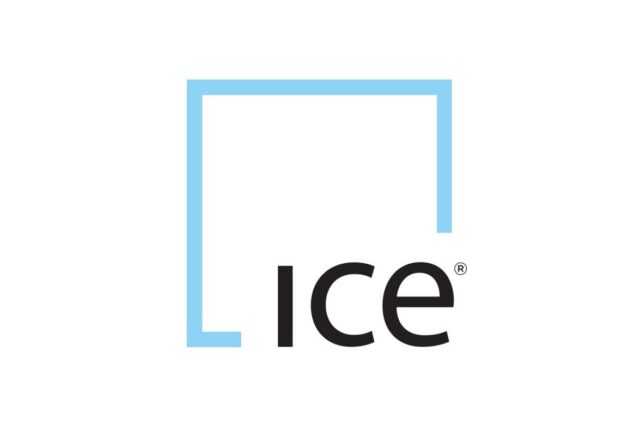MILAN – It was another day of unprecedented gains for the coffee futures markets, with London hitting another all-time high and New York in the 240 cents area. July Ice Robusta coffee gained $218 yesterday, Wednesday 17th April, to close at $4,195, a new 10-T contract record, after surpassing the $4,200 mark during trading (intraday high at $4,206).
Ice Arabica coffee futures also soared: July gained 1,195 points to settle at 240.35 cents per lb, its highest level since February 2022.
Arabica may be “experiencing a spillover effect from the recent Robusta rally and the ongoing Red Sea crisis,” said Rabobank in a note quoted by Reuters.
The fundamentals have not changed, analysts point out, but there is growing concern and nervousness in the market, also due to the low level of stocks.
The situation is exacerbated by the virtual paralysis of the Vietnamese market, where producers continue to hold back stocks in the belief that prices – already at unprecedented levels – could rise even further, supported by increasingly pessimistic forecasts for the next harvest.
Indeed, there are also concerns over Vietnam’s weather, as April rainfall has so far closely tracked 2016, when dry conditions resulted in a production drop of 8.6%.
The global outlook is also increasingly pessimistic. According to financial services company Marex Group, the global Robusta market will face a new deficit in 2024/25, estimated at 2.7 million sacks.
In Brazil, the recent appreciation in coffee prices brought movement to the domestic physical market. Growers are more present at sales, taking advantage of the favourable moment.
According to a SAFRAS survey, until April 9, growers committed 89% of the 23/24 crop (Jul/Jun).
This represents an increase of 5% compared to the previous month and slightly exceeds the same period last year, when 87% of production had been sold.
Furthermore, it is above the five-year average (2019 and 2023), which records a commercialization of 88% of the crop for this period.
Arabica sales in Brazil reached 86% of production, signalling a much more active grower in the market. These numbers already exceed those of the same period last year, when sales represented 85% of the crop, and are in line with the five-year average.
Conillon sales reached 96% of production, a number higher than the same period last year (91%) and above the five-year average (92%).















